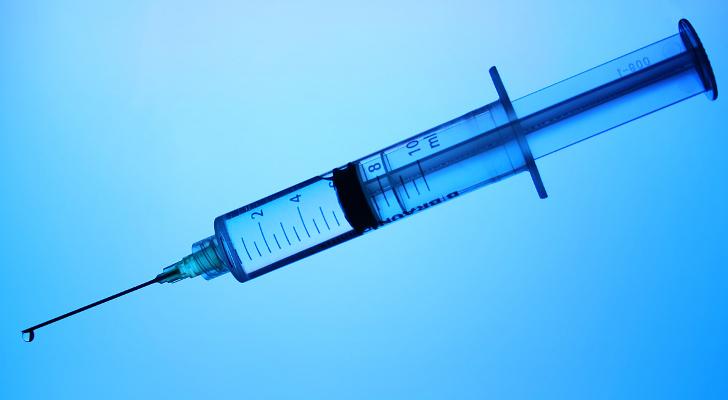Vaccinations: Go Big or Go Home
Someone who runs every day to battle the chance for heart disease, and eats health-consciously is investing a lot of hard work and energy. To make things easier, a simple prick from a vaccine will prevent everything from a harmless flu to deadly measles.
The recent measles outbreak has raised controversy among many people on whether vaccinating their children, themselves, or anyone is the right choice. According to a CDC study, 95 percent of kindergartners have had vaccines for preventable diseases. There is still a small percentage of kindergartners who are exempt from vaccines, and the only way to get rid of preventable diseases in the world is to remove the main problem: susceptible hosts.
For viruses, and many diseases to thrive, they need a host to live in called a carrier. Hosts are most commonly living organisms such as mammals – as long as humans are able to be a carrier, diseases that are harmful to humans will never die out. The link to eliminating preventable diseases from the world is to vaccinate everyone. Many people do not vaccinate their children as an action of love, whereas vaccinating their children would show love for everyone. The 95 percent of kindergartners vaccinated may be safe from measles, but the other five percent are keeping measles lingering among the others. Getting vaccinated is not only about leading a healthy life, but helping others lead one as well.
Dr. Tim Jacks, a pediatrician in Phoenix, writes, “There are children like my Maggie. These are children who can’t be vaccinated. These children remain at risk. They cannot be protected, except by vaccinating people around them.” Children who cannot be vaccinated might have cancer or compromised immune systems.
The National Health Service Corps explains how vaccines work: they do not infect people with a disease – instead they trigger the immune system to recognize a disease so that if the person ever comes in contact with it in the future, the immune system will recognize the disease and produce the antibodies needed to destroy it. The medical community is in consensus for vaccination: do it.
There is no correlation between vaccines causing autism. This was shown in a study done by the Autism Science Foundation, and autism symptoms occur even before the vaccination age. Similarly, people claiming that they only go in public when they are completely healthy should know that they could still have a disease and not show symptoms.
For measles, symptoms appear 10-14 days after being exposed to it. Someone could be spreading the disease and not even know they have it.
David Katz, from the Yale School of Public Health, said, “It makes no more sense to rant against vaccines because you heard of someone who might have had an adverse reaction than to stop walking because you heard about a pedestrian struck by a car.” Vaccines work, and CDC studies have proven that it does: Hepatitis A has had a 98 percent decrease since the invention of the vaccine, and Hepatitis B, 78 percent. Polio is the classic example for the success of vaccines with a greater than 99 percent decrease in cases.
The United States has the luxury of having an advanced medical system, and it is to our benefit to take advantage of it. Even if the minuscule chance of getting sick due to a vaccine occurs, it is much better than developing a dangerous disease that has the chance to be caught. While the cost of vaccines are affordable, the costs of picking up a dangerous disease are deadly.









